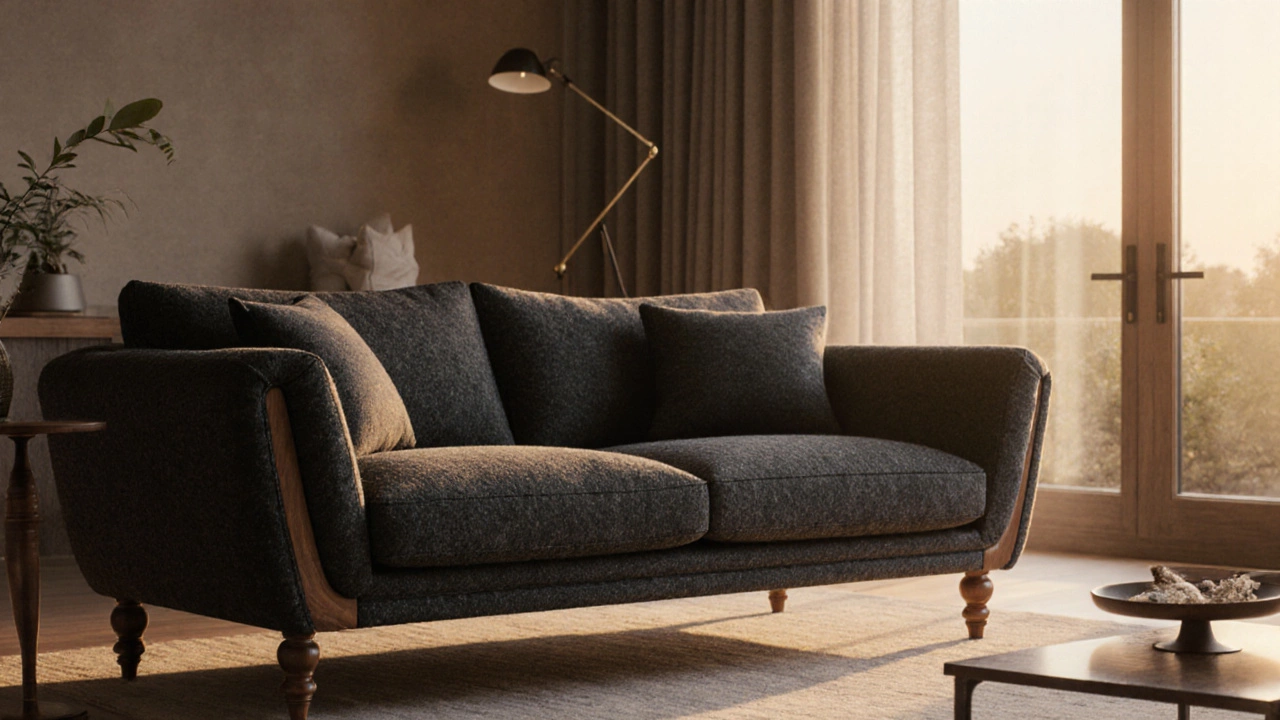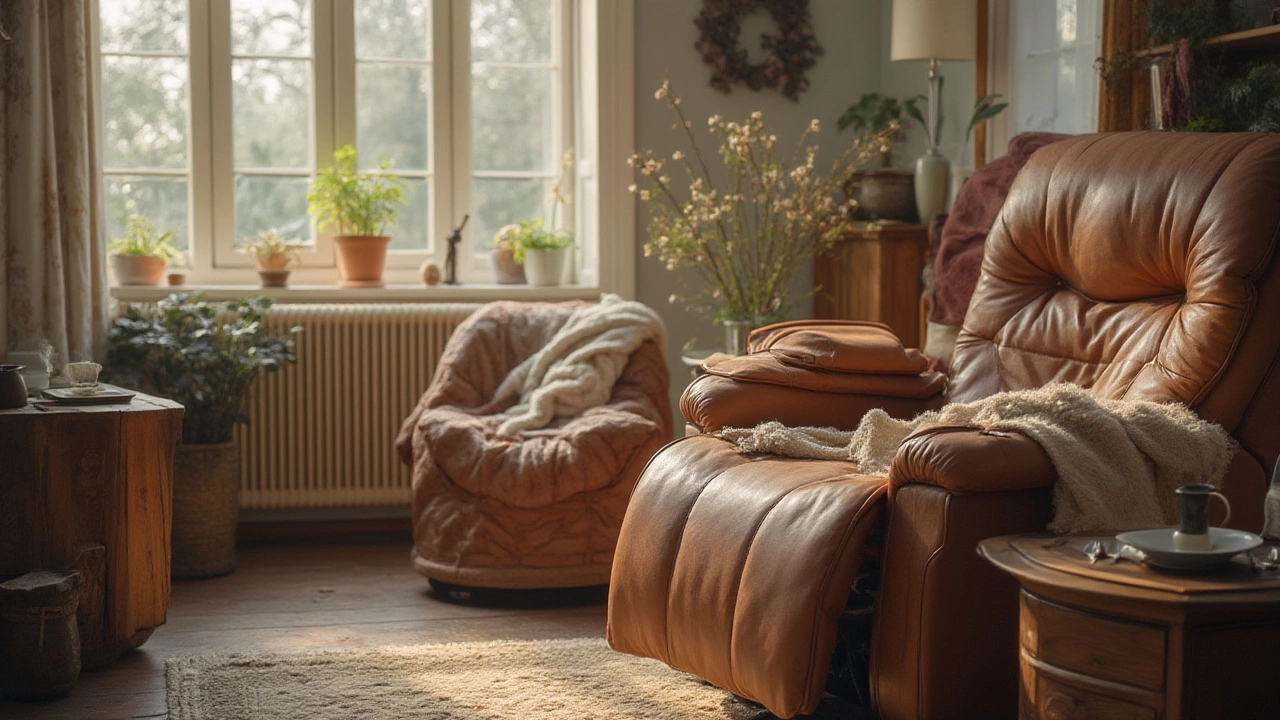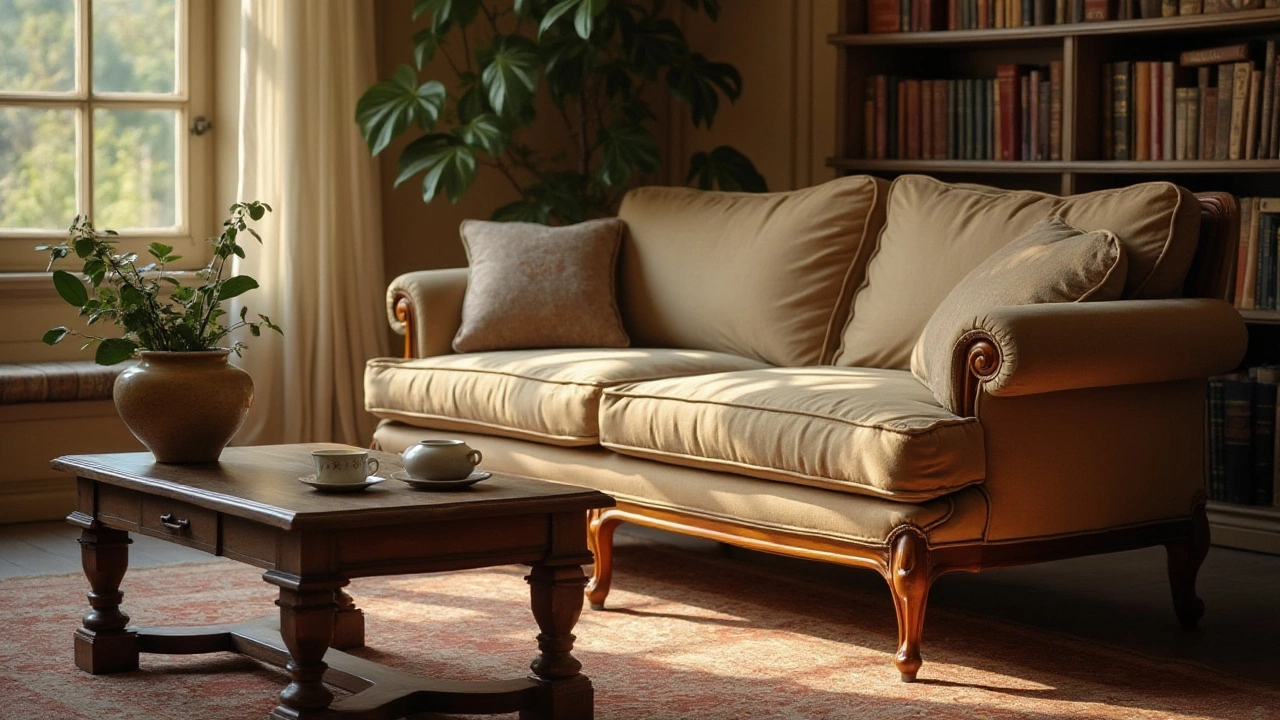Sofa Materials: How to Pick the Right Upholstery for Your Home
If you’re shopping for a new couch, the first thing you’ll notice is the huge range of materials. From cozy cotton blends to sleek leather, each option feels different and lasts differently. The right choice depends on how you live, what you expect from a sofa, and the look you want in your room.
Start by thinking about daily use. Do you have kids or pets that love to jump on the couch? Do you host movie nights with popcorn and spills? Answering these questions helps you narrow down fabrics that can handle the wear and tear.
Common Sofa Fabrics and Their Pros
Cotton blends are soft, breathable and easy to clean when you choose a stain‑resistant finish. They’re great for families but can wrinkle over time.
Linen brings a relaxed, natural vibe. It’s cool in summer and warm in winter, but like cotton it needs a protective coating to resist stains.
Polyester & microfiber are budget‑friendly and strong. Micro‑fibers hide pet hair and are simple to vacuum. They don’t breathe as well as natural fibers, so they can feel warm in hot rooms.
Velvet adds a touch of luxury. Modern velvet is made from cotton‑poly blends that resist crushing. It’s ideal for formal spaces but can show marks if you’re not careful.
When you compare these, look at the weave density. A tighter weave means better durability. You can usually feel the difference by running your hand over the fabric – a smooth, even surface is a good sign.
Leather, Faux Leather, and Alternatives
Real leather ages beautifully; it develops a patina that many people love. It’s also easy to wipe clean, which is why it’s popular in busy homes. The downside is cost and the fact that it can feel cold in winter.
Faux leather, also called PU or vinyl, mimics the look of real leather at a lower price. It’s lighter and often water‑resistant, but it can crack over time if exposed to direct sunlight.Another option is performance fabrics like Sunbrella. These are engineered for outdoor use, so they repel water and resist fading. They’re a solid middle ground between classic fabric and leather.
To decide, sit on each material if you can. Pay attention to how supported you feel and how the material reacts to your body heat. A sofa that feels too soft may flatten quickly, while one that’s too firm can be uncomfortable for long sitting sessions.
Finally, think about maintenance. Most fabrics benefit from a protective spray, especially if you have kids or pets. Leather will need a quality conditioner every few months to keep it supple.
Choosing the right sofa material isn’t a mystery – match the fabric to your lifestyle, test comfort, and plan for upkeep. With these basics, you’ll find a couch that looks good and stands up to daily life.

What Makes a Sofa Look Expensive? 7 Real Ways to Tell the Difference
Discover the real signs that make a sofa look expensive-fabric quality, frame construction, leg design, cushion engineering, stitching, proportions, and subtle details that last. No branding needed.

Why Are Lazy Boy Recliners So Expensive? Unpacking the Price Tag
Curious about why Lazy Boy recliners cost so much? We break down the real reasons behind the high price, from materials to branding, plus smart shopping tips.

Choosing the Most Durable Sofa for Lasting Comfort
Finding a durable sofa involves understanding the materials and construction that contribute to its longevity. This article explores the best fabrics, frames, and cushions that stand the test of time. Get tips for maintaining your sofa's appearance and structure, ensuring you invest in a piece that continues to provide comfort and style. Discover the balance between aesthetics and durability for a sofa that fits your lifestyle.
Categories
- Storage (27)
- Bathroom (18)
- Sofas (15)
- Curtains (15)
- Home Decor (12)
- Bedding (11)
- Kitchenware (11)
- Cushions (11)
- Mirrors (10)
- Rugs (9)
Popular Articles



